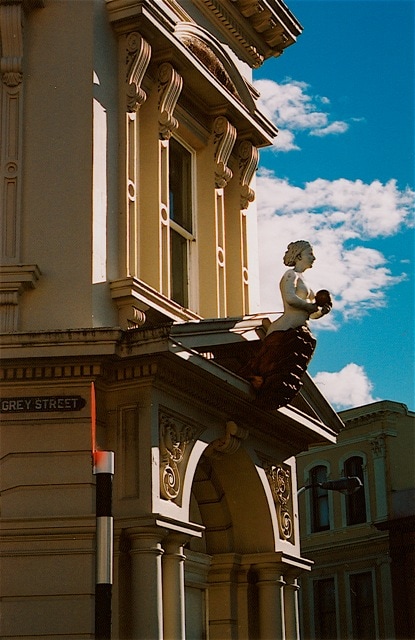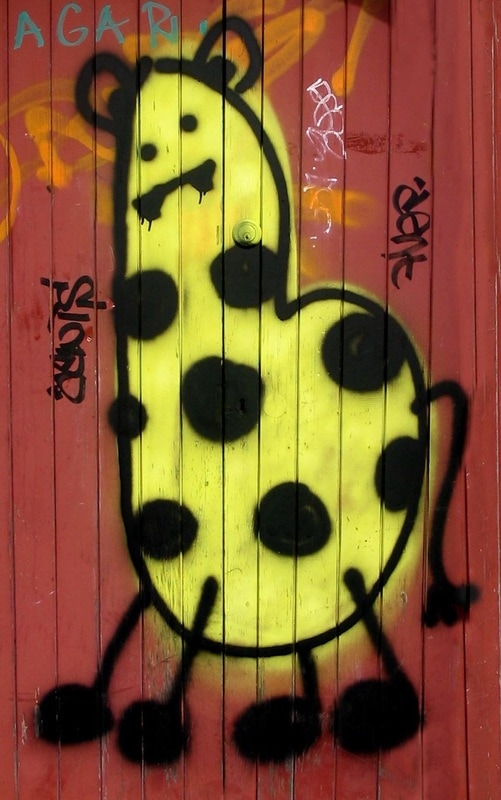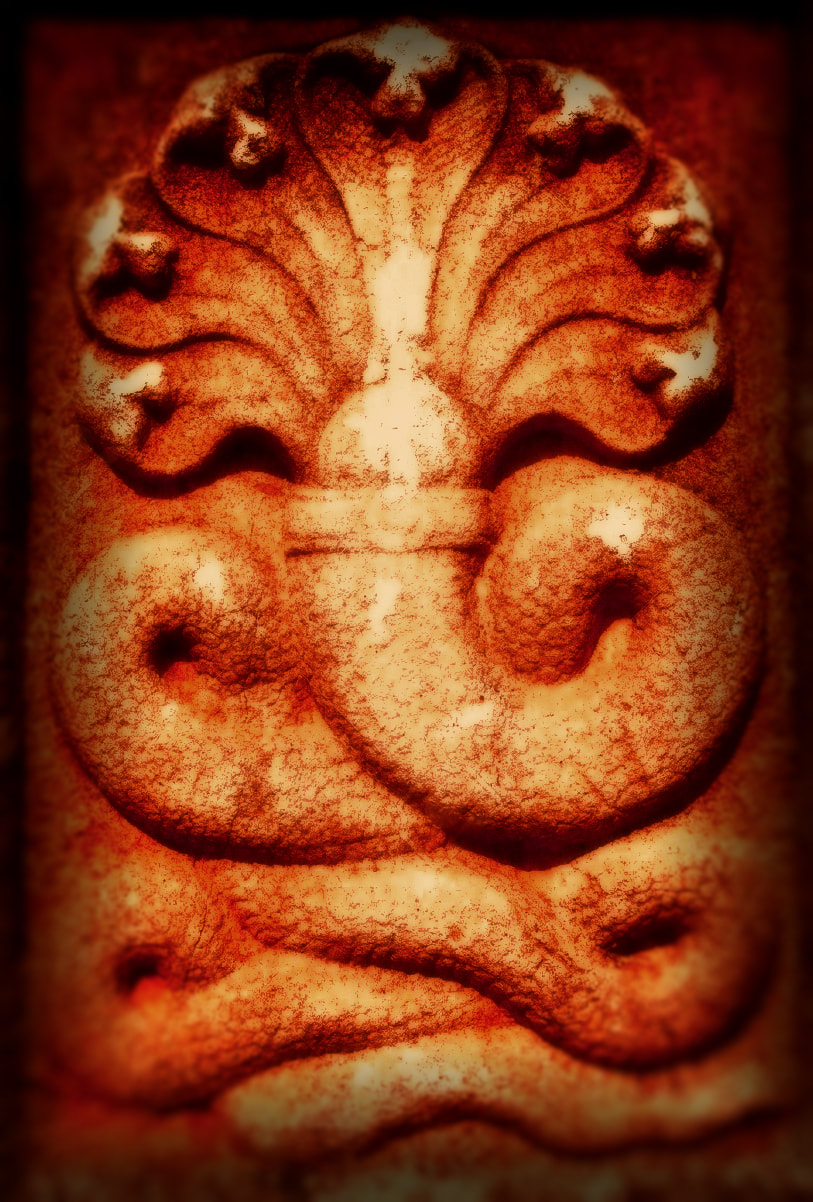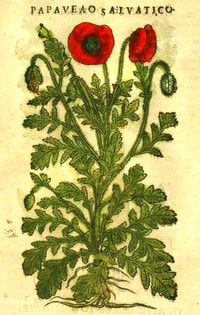| This is a bizarre piece from our personal collection and one that has had us scratching our damn heads for quite a while now. Although obviously constructed from quite oldish panels salvaged from a single dress, it has been deliberately and laboriously sewn into a shape that can only be described as baffling and utterly inutile... unless, to paraphrase Lovecraft, the intended wearer possessed brachiation and proportions quite unlike the normal run of earthly creatures. The reverse is reinforced with pieces of hand-spun cotton plain weave (except for a single piece of lively kantha quilting) which presumably represent the original garment lining since the mirrors are sewn in through this layer. The glass segments are not of the murky early type (which you can see in the Banjara gala pieces here) so I'm lazily calling this a mid-century item. While I would have loved to see the sadly deceased dress from which this item was constructed, there is something perversely satisfying about an object in your collection that resists your understanding. | It will sit over the back of a chair with the plain weave, mirrorless portions acting like 'shoulders', so my best guess is probably: mirror cover? Or maybe some Banjara ladies just had effed-out dresses+homely chair issues too. The heavy textures created by the puckered mirror stitching and its associated embroidery are taken to the next level by the addition of tiny pompoms on stalks and what appear to be lead-alloy or tin beads and plaques, the latter embossed with minute detail. |
|
And it is ironic that illiterate, often marginalised women leading lives severely circumscribed by culture and religion have produced some of the most universally appreciated works of material expression. There is hardly a society in existence that has not valued personal adornment as a pillar of its collective representation; these textiles articulate the fundamentals of human existence- our immersion in natural chaos and our desire for order and distinction. That they are so often relegated in favour of 'higher' art speaks unflattering volumes about the perceptions and motivations of conventional curatorial practise. Comments are closed.
|
Independent Creativity
|


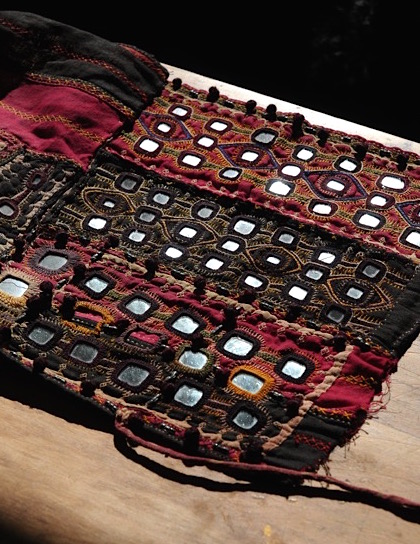
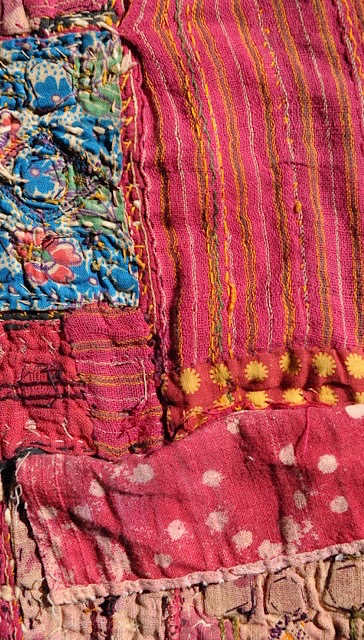




 RSS Feed
RSS Feed








